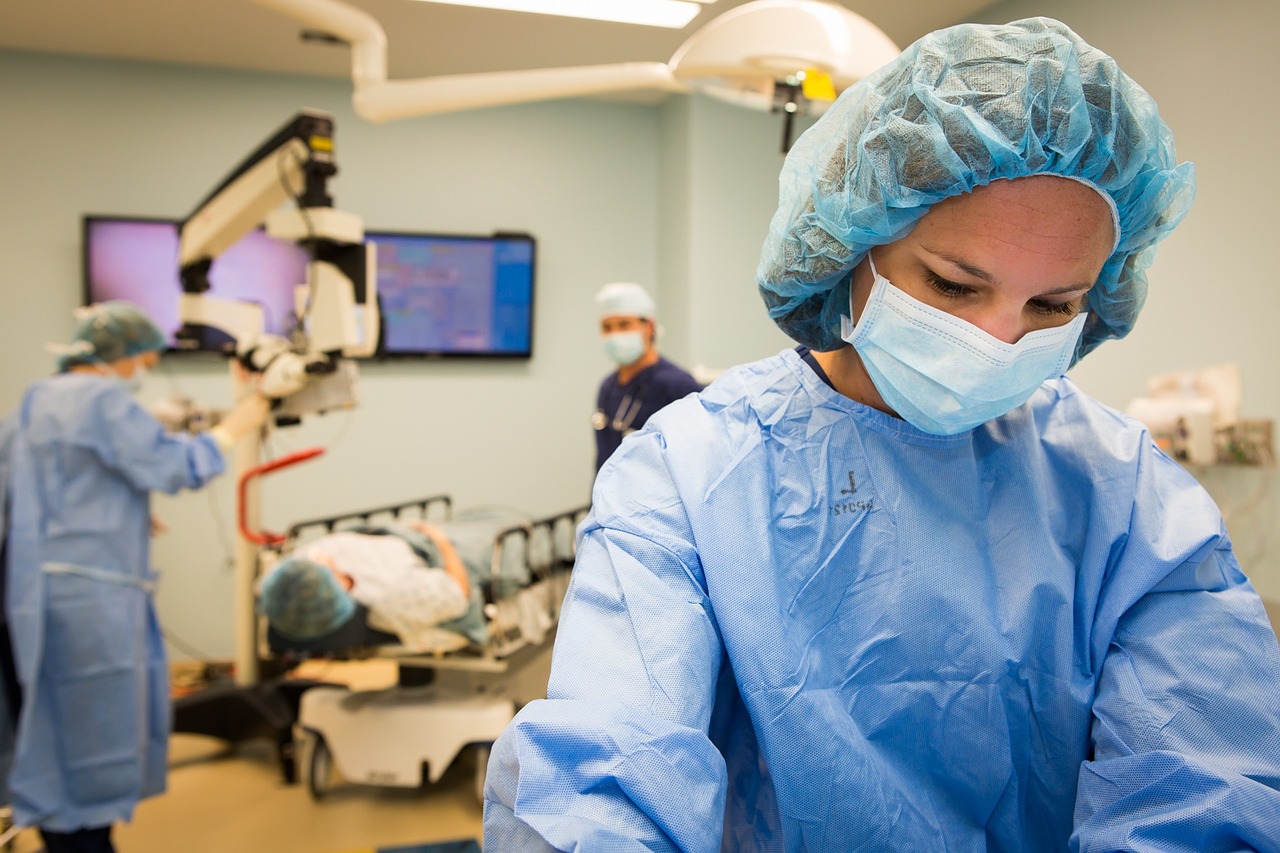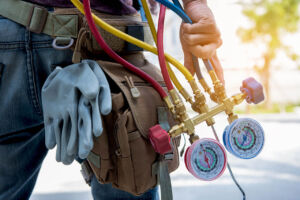Be it a hospital, an urgent care center, or an assisted living facility, the work that medical assistants are doing is expanding. The trend we’re seeing at Cybertex, from the perspective of instructors who work in hospitals and other medical settings, is that medical assistants now play a significant role in diagnostic work.
The doctor is ultimately the person who decides the course of treatment for a patient based on the information given in labs, EKGs, and other tests. But more and more, the medical assistant is becoming the doctor’s right hand.
That’s why, in our training at Cybertex, we go beyond covering the basics of drawing blood and running EKG tests. Our course focuses significantly on Anatomy and Physiology, because it’s important for medical assistants to understand the body and how it works. We teach the ranges for normal lab results, so medical assistants can better understand the tests they’re running and their importance.
There are even some settings, namely urgent care centers, which run more lean than a hospital, with doctors and medical assistants working in tandem to provide patient care. In those settings, without nurses to act as the traditional go-betweens between the doctors and the medical assistants, it’s vital for medical assistants to know more than just how to draw labs and set up EKGs. Our training allows our students to recognize when test results require a doctor’s attention.
If you want to be an important part of a medical team, medical assistant training can get you there in a little more than nine months. The admissions department at Cybertex can help you learn how to get started in training for that important role.





